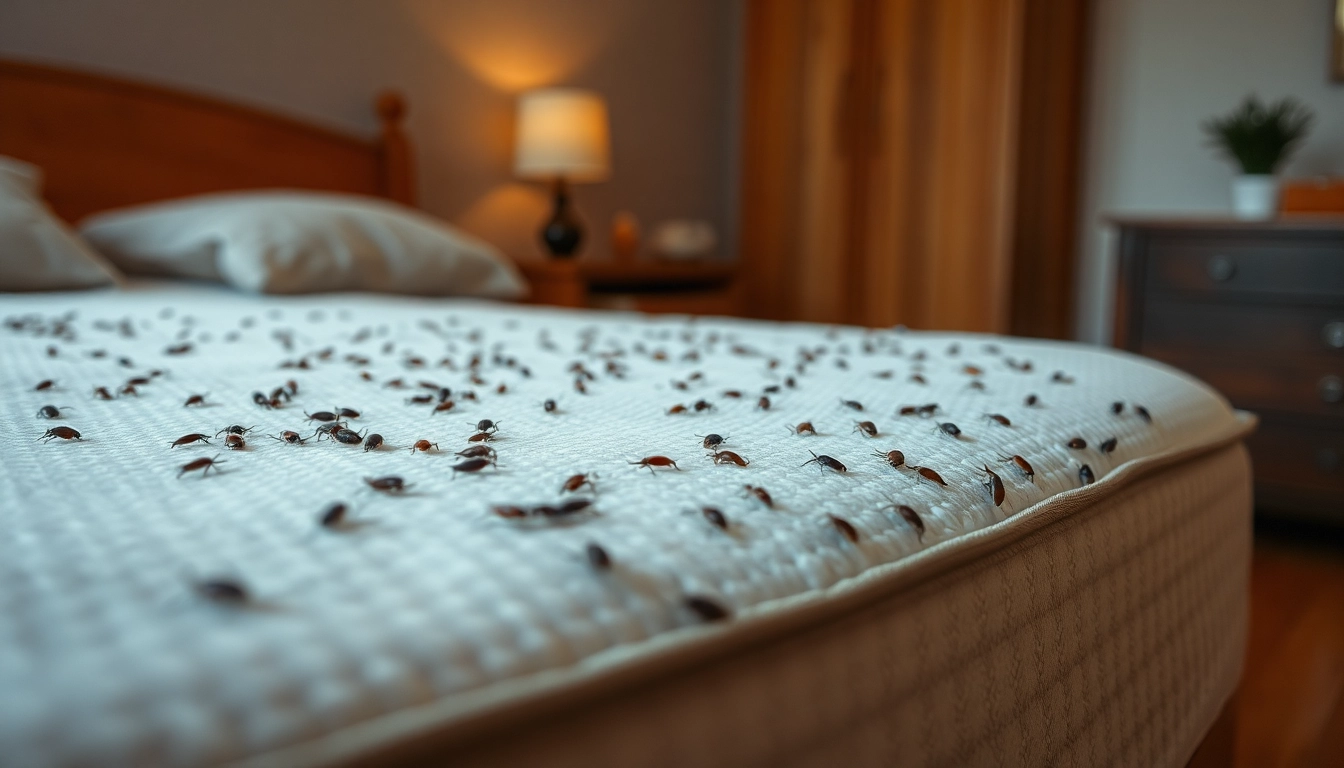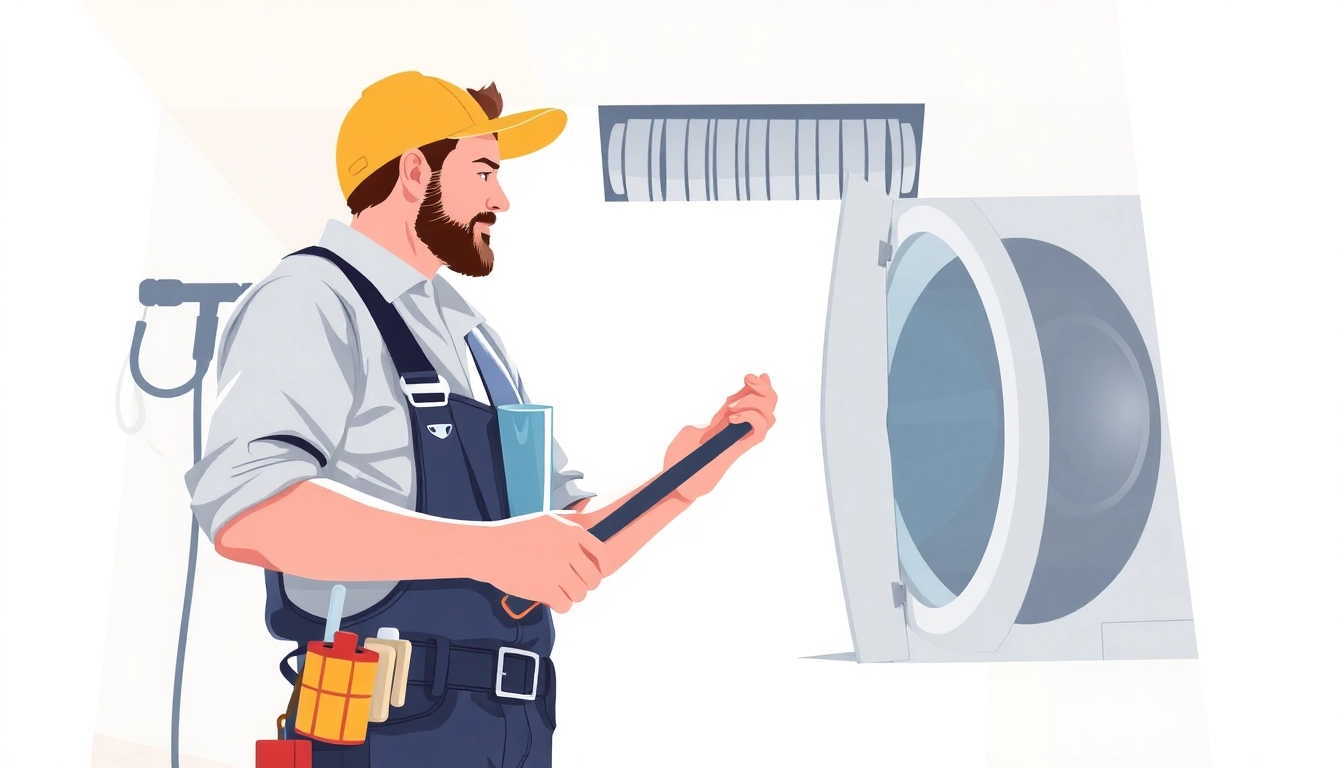Understanding Bed Bugs and Their Impact on Health
What Are Bed Bugs?
Bed bugs are small, wingless insects belonging to the family Cimicidae. Their scientific name is Cimex lectularius, and they primarily feed on the blood of humans and other warm-blooded hosts. Adult bed bugs are around 5-7 mm in length, with a reddish-brown color and an oval, flat body. They are nocturnal creatures, becoming active at night to feed. Unlike many other pests, they don’t transmit diseases, but their presence can significantly disrupt your life and well-being.
Common Signs of an Infestation
Identifying a bed bug infestation early is crucial for effective bed bug removal. Here are some telltale signs:
- Bed Bug Bites: These often appear as small, red, itchy welts on the skin, typically clustered together or in a line.
- Blood Stains: Tiny dark spots on sheets or mattresses may result from crushed bed bugs during sleep.
- Dark Fecal Spots: These can be found in areas where bed bugs hide, such as mattresses, bed frames, and furniture.
- Shed Exoskeletons: As bed bugs mature, they shed their skins, which can be found in hiding places.
- Musty Odor: An unusual smell resembling spoiled raspberries can indicate a large infestation.
Health Risks Associated with Bed Bugs
While bed bugs are not known to carry diseases, their presence can lead to several health complications:
- Allergic Reactions: Some individuals may develop severe allergic reactions to bed bug bites, requiring medical intervention.
- Insomnia: Anxiety and discomfort from bites can severely disrupt sleep patterns.
- Secondary Infections: Scratching bite wounds can lead to bacterial infections on the skin.
Effective Bed Bug Removal Methods
DIY Techniques for Bed Bug Removal
If you discover a bed bug infestation, there are several do-it-yourself (DIY) methods you can attempt before seeking professional help:
- Heat Treatment: Washing infested bedding and clothing in hot water (at least 120°F) and drying them on the high heat setting for at least 30 minutes can kill bed bugs at all life stages.
- Steam Cleaning: Using a steam cleaner on infested areas (mattresses, carpets, and furniture) can also effectively eliminate bed bugs.
- Diatomaceous Earth: Sprinkling this powder in infested areas can dehydrate and kill bed bugs when they come into contact with it.
- Vacuuming: Regularly vacuuming your living space, especially areas around the bed, can help reduce bed bug populations. Be sure to dispose of the vacuum bag outside immediately afterward.
Professional Extermination Services Explained
If DIY methods fail, it may be time to call in the professionals. Exterminators utilize various approaches to eliminate bed bug infestations, including:
- Insecticides: Professionals often use pesticides specifically designed for bed bugs, applying them in cracks, crevices, and other hiding spots.
- Heat Treatments: These services involve raising the temperature of a room to a level that is lethal to bed bugs.
- Integrated Pest Management (IPM): This holistic approach combines techniques, including monitoring, prevention, and control measures, to manage bed bug populations sustainably.
Comparison of Chemical vs. Non-Chemical Treatments
When it comes to bed bug removal, understanding the difference between chemical and non-chemical treatments is crucial.
Chemical Treatments
Chemical insecticides are effective but often require specialized knowledge for safe application. Prolonged use can lead to bed bugs developing resistance, necessitating stronger chemicals. Key considerations include:
- Effectiveness: Fast-acting against bed bugs.
- Safety: May pose health risks, especially to children and pets.
- Environmental Impact: Chemical residue can affect indoor air quality.
Non-Chemical Treatments
Non-chemical treatments, like heat and steam, tend to be safer but may require more time and effort:
- Effectiveness: Can kill all life stages of bed bugs without the use of chemicals.
- Safety: Generally safer for people and pets.
- Environmental Impact: Less harmful to ecosystems.
Preventive Measures to Avoid Future Infestations
Best Practices for Home Maintenance
Prevention is key to keeping bed bugs at bay. Here are best practices to maintain a bed bug-free home:
- Regular Inspections: Check sleeping areas, furniture, and luggage for signs of bed bugs regularly.
- Protective Mattress Covers: Use encasements to prevent bed bugs from infesting your mattress and box springs.
- Minimize Clutter: Keeping your living space tidy reduces hiding spots for bed bugs.
- Careful Travel Practices: Inspect hotel rooms and keep luggage elevated when traveling.
How to Inspect for Bed Bugs Before Travel
Before you travel, ensure you take proactive steps to prevent bringing bed bugs back home:
- Check mattress seams, corners, and headboards in hotel rooms.
- Keep luggage on luggage racks rather than on the floor.
- Inspect and clean your luggage immediately upon returning home.
Long-Term Solutions for Bed Bug Prevention
In addition to immediate actions, consider these long-term strategies to prevent bed bug infestations:
- Education: Stay informed about bed bug trends and effective control methods.
- Community Alerts: Participate in community efforts to monitor and control bed bug populations.
- Professional Check-Ups: Schedule routine inspections by pest control professionals to catch early signs of infestations.
Costs Involved in Bed Bug Removal
Understanding Treatment Pricing Structures
The cost of bed bug removal can vary widely based on several factors:
- Type of Treatment: Chemical treatments typically cost less than heat treatments, but effectiveness and safety must be considered.
- Infestation Level: Severe infestations require more extensive treatment and thus cost more.
- Geographical Area: Pricing can vary depending on local market rates and demand for pest control services.
Insurance and Financial Aid Options
For many, the cost of extermination can be a burden. Here are options to explore:
- Homeowners Insurance: Some policies may cover pest control treatments. Check with your insurer for specific coverage details.
- Payment Plans: Many pest control companies offer financing options or payment plans to make treatment more affordable.
- Community Programs: Look for local government or community programs that may offer assistance for pest control services.
Cost-Effective DIY Solutions
If hiring a professional is outside your budget, several cost-effective solutions can help you manage a bed bug infestation:
- Heat Treatment: As mentioned earlier, using heat from blankets or dryers is an economical solution.
- Diatomaceous Earth: This inexpensive powder is widely available and easy to apply in affected areas.
- Natural Remedies: Essential oils, such as lavender and tea tree oil, can repel bed bugs if applied correctly, though they may not kill them.
Frequently Asked Questions About Bed Bug Removal
Can I Remove Bed Bugs Myself?
Yes, it’s possible to remove bed bugs yourself using various methods outlined above. However, complete eradication often requires time and persistence. If DIY efforts do not yield results, it may be essential to hire a professional exterminator.
What’s the Fastest Way to Get Rid of Bed Bugs?
The fastest and most effective methods typically involve professional heat treatments, as they can eliminate bed bugs in one go without leaving chemical residues. However, be sure to follow up with prevention measures to avoid future infestations.
Are There Any Free Bed Bug Removal Solutions?
While there are no guaranteed free solutions for bed bug removal, community programs or local health departments may offer assistance. Additionally, DIY methods can be cost-effective and help manage smaller infestations.



